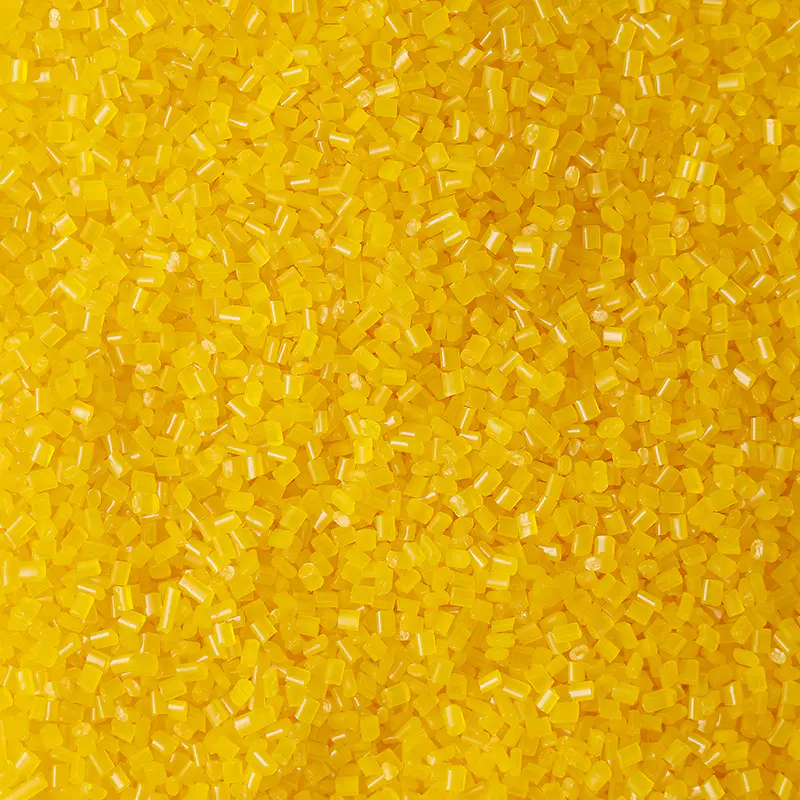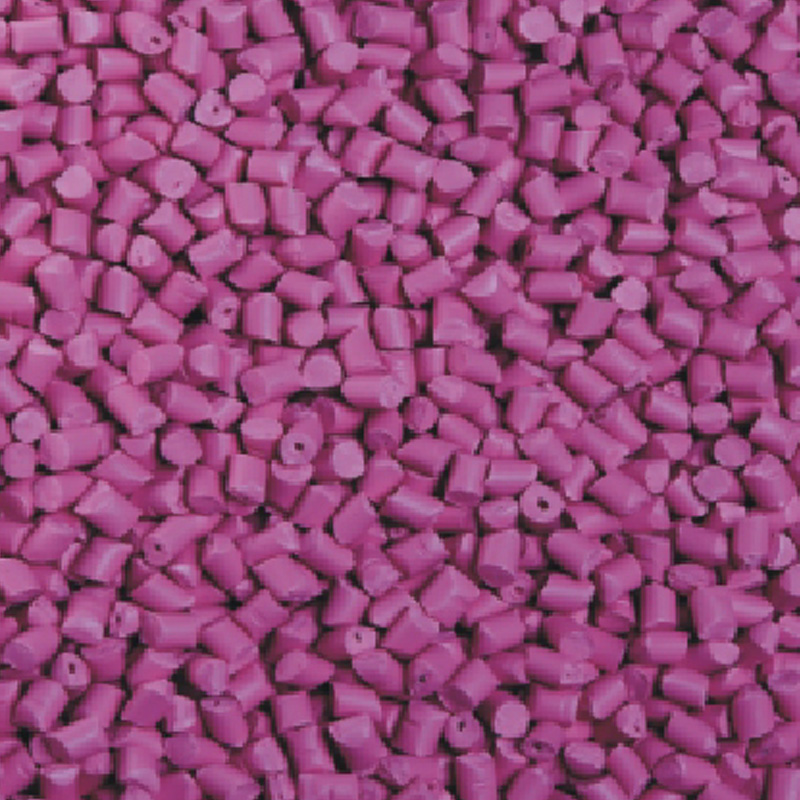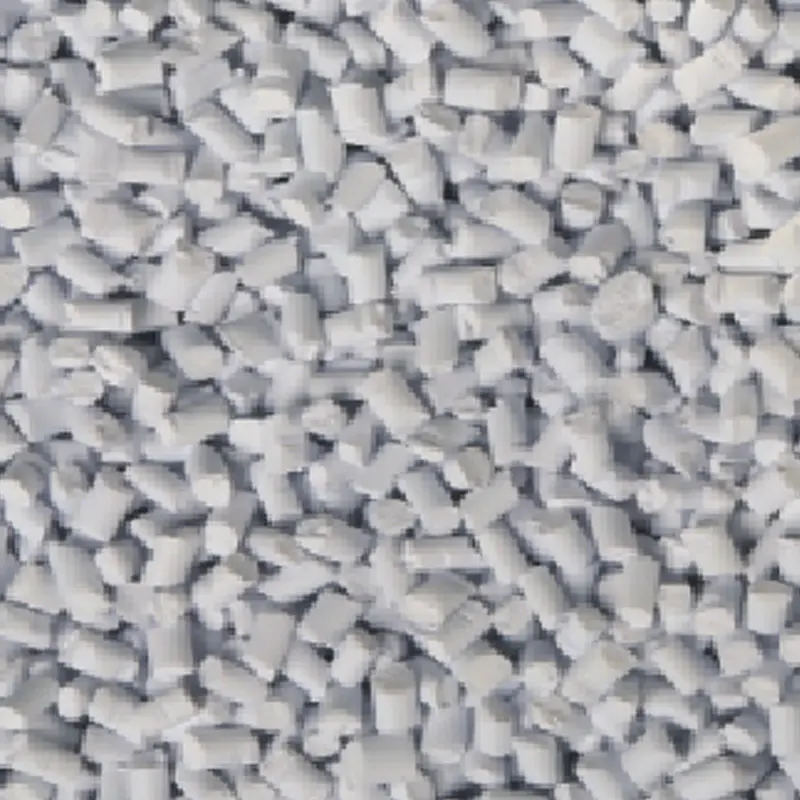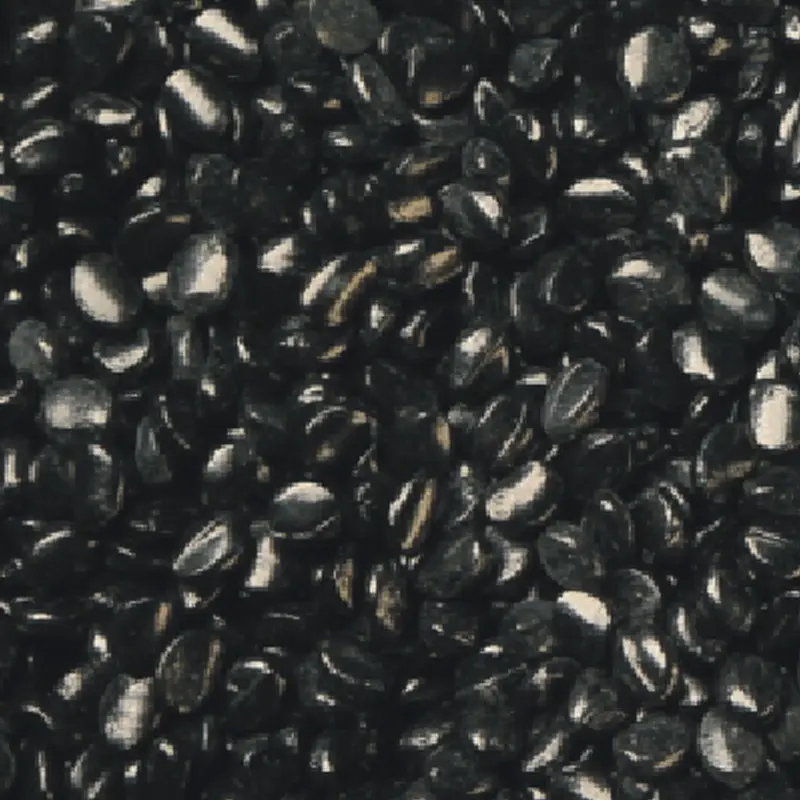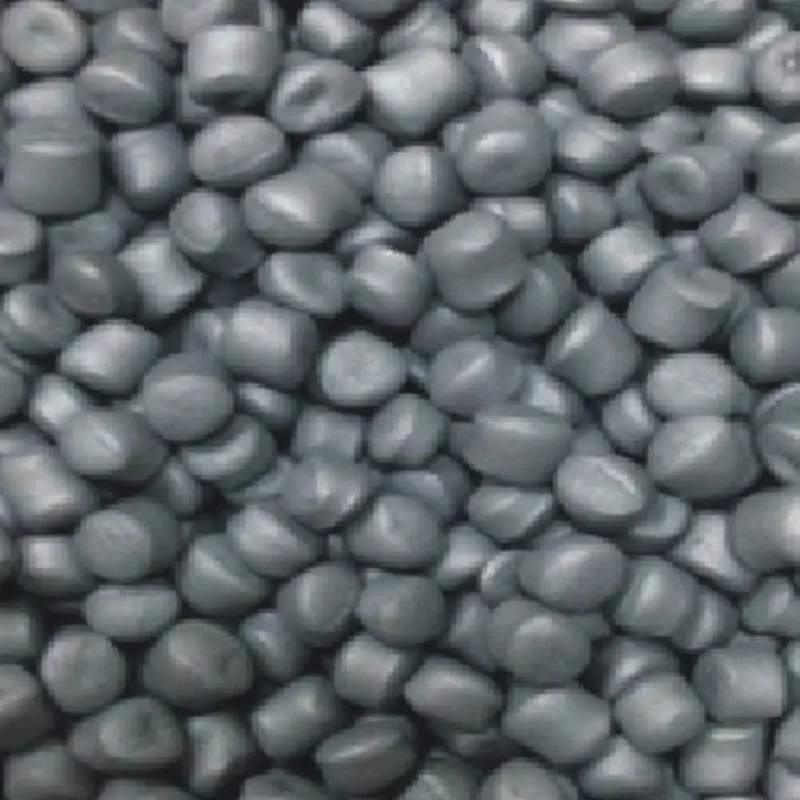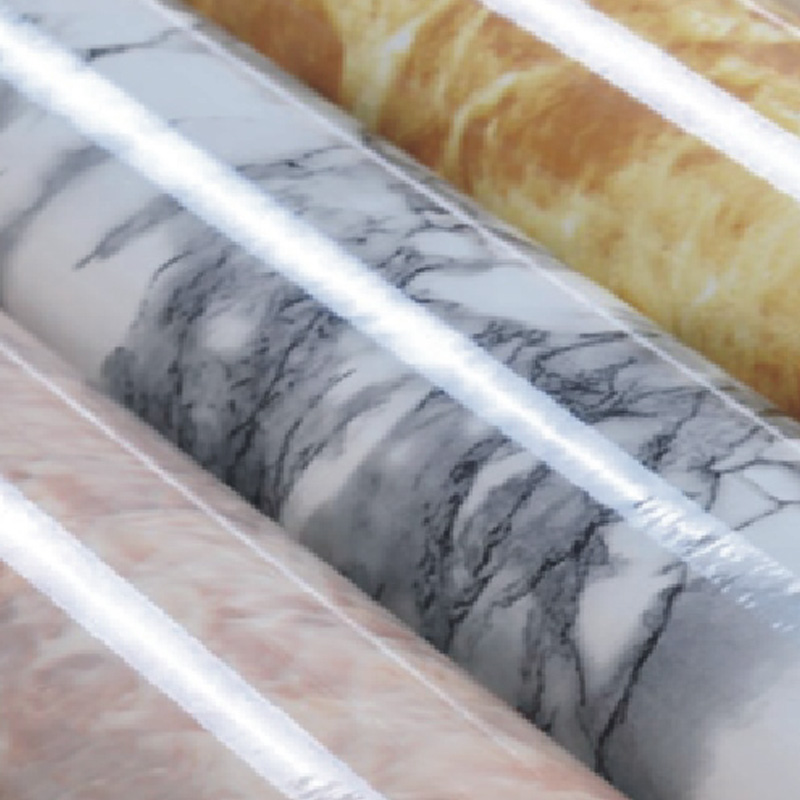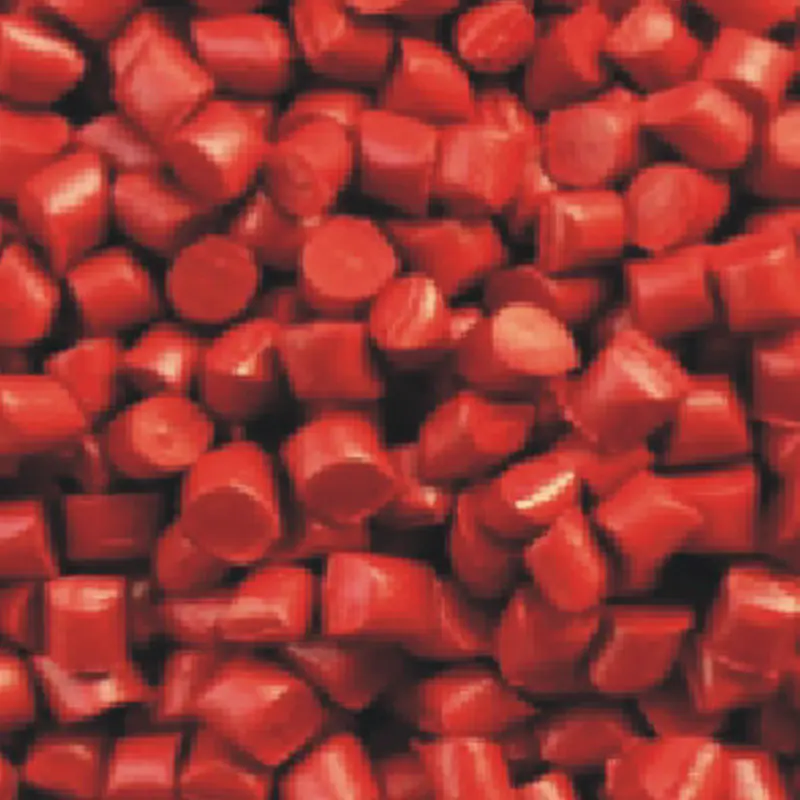In the modern plastics industry, selecting appropriate additives is an important step in achieving product performance and processing efficiency. One widely used additive is the Functional Masterbatch, a concentrated mixture of additives encapsulated within a carrier resin. The Functional Masterbatch is introduced during the plastic manufacturing process to enhance specific properties of the final product without altering its base characteristics.
When choosing a Functional Masterbatch, it’s essential to consider the type of plastic product being produced. Each application requires different material properties, and the right Masterbatch can help meet those specific requirements. Whether the goal is to improve durability, adjust color, or add special features such as UV resistance or anti-static performance, understanding the product’s end-use is the step in selecting an appropriate formulation.
The base resin compatibility is another critical factor when selecting a Functional Masterbatch. Since different plastics like polyethylene, polypropylene, or PET have unique characteristics, the Masterbatch must be compatible with the chosen resin to ensure even dispersion and effective performance. Using a mismatched formulation can result in processing issues or uneven distribution of additives, reducing the quality and reliability of the final product.
Product appearance also influences the choice of a Functional Masterbatch. In applications where visual quality matters, such as packaging or consumer goods, the Masterbatch should be carefully selected to maintain color consistency and surface finish. Certain masterbatches offer anti-fog, anti-blocking, or slip properties, which can enhance both the functionality and appearance of plastic products.
Environmental exposure is another consideration when selecting a Masterbatch. Products used outdoors, for example, require protection against UV radiation and weathering. A UV stabilizing Masterbatch can help prevent discoloration, brittleness, and degradation caused by prolonged exposure to sunlight. This makes it suitable for agricultural films, outdoor furniture, or automotive components.
The mechanical properties of the plastic product can also be improved with the right Functional Masterbatch. Additives can enhance tensile strength, impact resistance, or flexibility depending on the application’s demands. For example, in industrial packaging, a strength-enhancing Masterbatch can help increase load-bearing capacity while maintaining material lightness and ease of processing.
Production efficiency is another reason to carefully select a Functional Masterbatch. Certain formulations can help improve processing by reducing cycle times, improving melt flow, or reducing defects during molding or extrusion. A well-chosen Masterbatch can help achieve smoother production, reduce waste, and ensure consistent product quality.
When manufacturing food-contact or medical products, it’s crucial to use a Functional Masterbatch that complies with safety and regulatory standards. Additives used in these applications must be approved for contact with consumable goods or sensitive uses. Specific Masterbatch types are developed to meet these strict requirements, providing benefits such as antimicrobial properties or barrier enhancements while maintaining compliance.
Another aspect to consider is the required processing temperature. Some additives within a Functional Masterbatch are sensitive to heat, which can affect their performance if exposed to temperatures beyond their tolerance. It’s important to choose a formulation that matches the processing conditions of the selected resin and product type.
In applications where anti-static, anti-slip, or flame-retardant properties are necessary, specialized Masterbatch formulations are available. For example, electronics packaging often requires anti-static properties to protect components, while building materials might need flame retardancy for added safety. Choosing the appropriate Functional Masterbatch ensures these properties are consistently present in the final product.
The cost-performance ratio should also be considered when selecting a Functional Masterbatch. While some formulations offer enhanced features, it’s essential to balance the added value against material costs. A carefully chosen Masterbatch can provide the necessary improvements without significantly increasing production expenses.

 English
English Español
Español русский
русский
